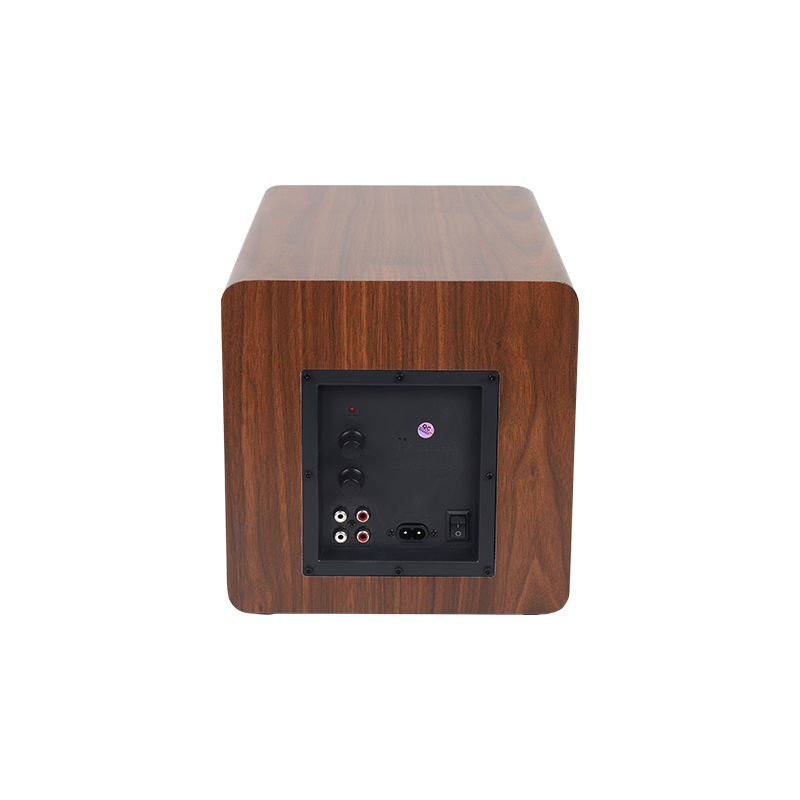Throughout the routine debugging and meetings of the national organization department conference system, the quality of sound recovery has been significantly improved, but there are still problems in individual provinces and cities, mainly manifested in large noise, large distortion, irregular level, and uneven frequency response. , sound ratio imbalance, improper reverberation delay and other problems.
1. The noise is large. It affects the clarity, warmth, and brightness of the sound, and in severe cases can mask the sound of the venue.
① Noise floor. Due to the excessive gain, the use of automatic gain control, impedance mismatch, etc., the noise floor will appear.
② Microphone "flashing" sound. The microphone is the first link of the sound reinforcement system. The quality of its signal directly affects the effect of the entire conference. Therefore, it is necessary to reasonably select the microphone according to its characteristics and performance, the characteristics of sound source reproduction and the relative relationship between each sound source. set up. For speakers with strong broken voices, microphones that prevent "flashing" should be used.
2. Large distortion. It is related to the nonlinear distortion and artifacts of the device. It is characterized by a hoarse, broken, shrill and harsh sound, which in severe cases affects the clarity, mildness, brightness, fullness and presence of the sound. There are many reasons for the distortion, such as the sensitivity of the microphone is too high, the placement is not suitable, the power supply of the microphone with phantom power is not normal, the level adjustment of the mixer is too large, the adjustment of the equalizer is not appropriate, the equipment Impedance mismatch, etc.
3. The level is not standardized. Before debugging, the adjustment of the mixer, equalizer and other equipment was not suspended, which caused the signal level to be too high or too low. In addition, connect the unbalanced line output directly to the balanced line input, resulting in a drop in signal level.
4. The frequency response is uneven. It is related to the frequency response index of the device and human factors, such as the direction of the microphone deviates from the sound source, too much attenuation of mid and low frequencies, and too long microphone transmission lines, which will affect the clarity, layering, and fullness of sound recovery.
5. The sound ratio is out of balance. Assuming that the sound ratio among the main control room, the main venue, and the speaking branch venue is out of balance, it will affect the restoration of the balance of the remote sound in other branch venues, resulting in a decrease in the overall effect of the conference.
6. Improper reverberation delay. Different conference types and miking environments have different requirements for reverberation and delay, so the parameters of reverberation and delay should be adjusted according to the acoustic characteristics.
① The size of the venue affects the reflection time and auditory sense of time in the sound field reverberation.
② The reverberation time reflects the process of sound diffusion from the sound source through the surrounding absorption and reflection. The reverberation time depends on the size of the venue. The larger the space, the greater the reverberation time. It is necessary to compensate and modify some sound defects through audio processing equipment, but if not adjusted properly, it will be counterproductive. If the reverberation time is too long, the sound will have a "turbid" feeling, so it is necessary to separate the theory and participate in the reverberation effect reasonably to enhance the depth of the sound. The same is true for delayed disposal.
③ The frequency characteristics of the reverberation reflect the reverberation effect and sound quality of the sound at different frequencies. To be familiar with the frequency characteristics of reverberation, adjust the ratio of direct sound and reflected sound picked up by the microphone to increase the realism and clarity of the sound.
④ Sound diffusion is a parameter that reflects the acoustic characteristics of the venue. The microphone should be set reasonably to compensate for the defects of the sound diffusion conditions of the venue, and at the same time, the direction with the trembling echo area and strong reflection should be avoided.
3
common disturbance
The interference generated by the audio signal in the transmission process is multi-faceted, and the common ones include power supply interference, interference between devices, and light interference.
1. Power disturbance.
Poor grounding of the power supply, poor ground contact and impedance mismatch between the devices, the power supply of the device is not "purified", and the audio cable and the AC cable are laid in the same pipe, in the same trench or in the same bridge, which will cause clutter interference to the audio signal. , which constitutes a low-frequency AC "hum".

2. Interference between devices.
"Howling" is caused by a positive reaction between the speaker and the microphone, and the main reason is that the microphone is too close to the speaker or the microphone is pointed at the speaker. "Empty sound" is generated by the sound wave delay. If the microphone picks up both the sound source signal and the signal recovered by the amplification, or if two microphones with different distances from the sound source pick up the signal of the same sound source, or if one microphone picks up the signal of the same sound source The signal of the other microphone restored by the amplification will cause a corresponding path difference to form a delay. When these signals are superimposed, some frequency components cancel each other out, forming "empty sound".
3. Light interference.
If the ballast-based lighting is used intermittently in the venue, high-frequency radiation will be generated when the lamp is excited, and it will be connected through the microphone and its leads, presenting a "da-da" sound; if the microphone line is too close to the light line, it will also There is a "squeak" sound; in addition, the external high-frequency electromagnetic interference will also occur.